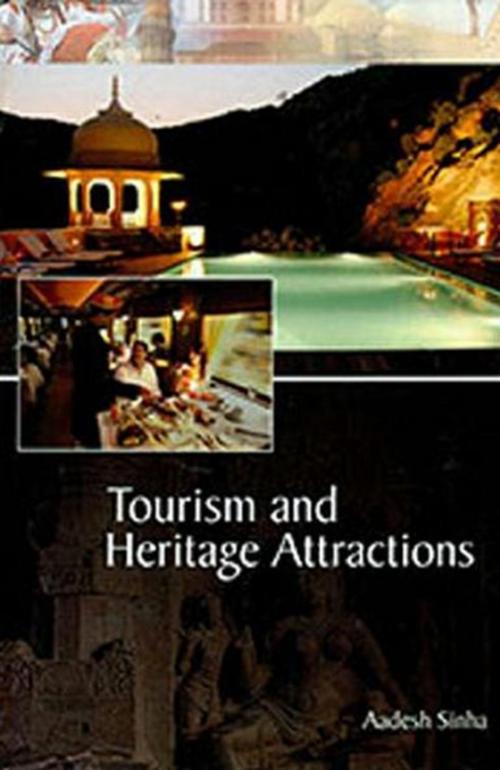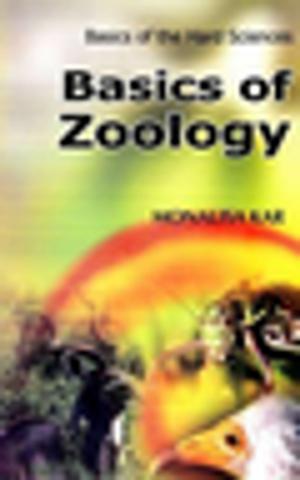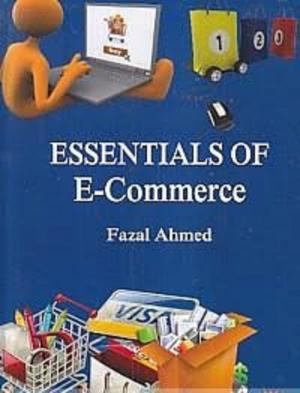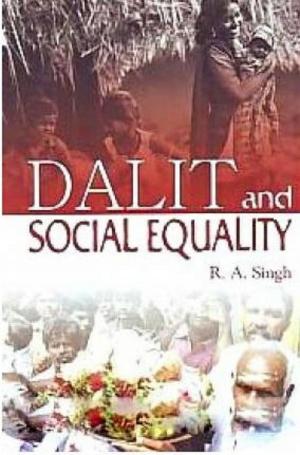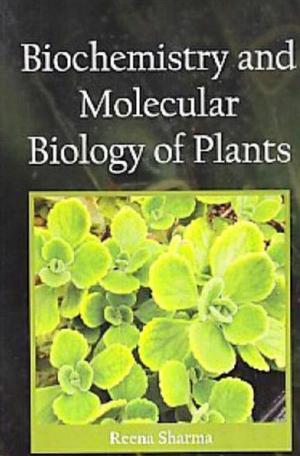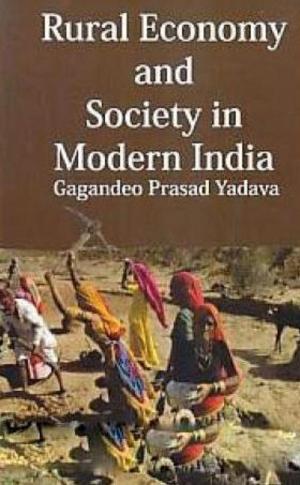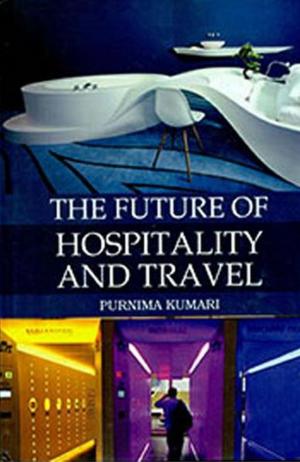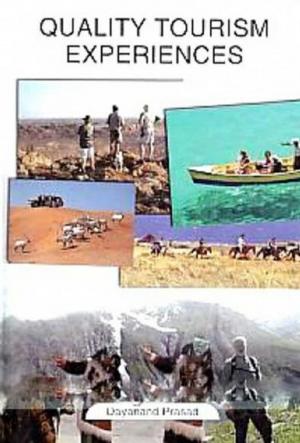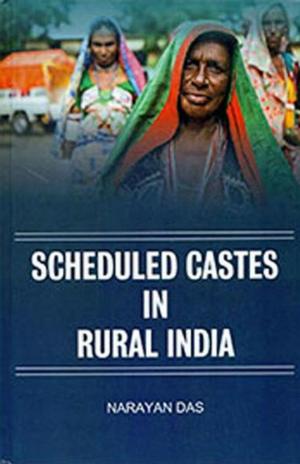Tourism and Heritage Attractions
Business & Finance, Industries & Professions, Hospitality, Tourism & Travel| Author: | Aadesh Sinha | ISBN: | 9789388034418 |
| Publisher: | Anmol Publications PVT. LTD. | Publication: | June 30, 2014 |
| Imprint: | Anmol Publications PVT. LTD. | Language: | English |
| Author: | Aadesh Sinha |
| ISBN: | 9789388034418 |
| Publisher: | Anmol Publications PVT. LTD. |
| Publication: | June 30, 2014 |
| Imprint: | Anmol Publications PVT. LTD. |
| Language: | English |
Traditionally ‘heritage’ was defined as architecture or archaeology or movable objects. Now ‘heritage’ includes buildings, monuments, landscapes, urban areas, countryside, maritime sites, buried remains and objects. ‘Historic environment’ or ‘place’ are now common terms. These trends can be traced in the European Conventions and Charters as well as in thinking about World Heritage which is moving from defining specific categories towards integrated conservation and cultural landscapes. Cultural Heritage, classic and contemporary, contributes to the identity and branding of territory, so relevant in an age of globalisation and fierce competition. This identity constitutes the base for sustainable and endogenous development. This exploration into the nature of the heritage ‘product’ calls into question the terminology used to define this aspect of the tourism industry, and it is all too easily regarded as a homogenous industry when in fact it covers diverse attractions which serve diverse tourism and leisure markets. A more sensitive approach to such questions as the promotion of these attractions, their retailing role, their sustainability and their educational impact is needed within the industry. The present book is an important source of information related to the field for the students and professionals involved in the field of tourism.
Traditionally ‘heritage’ was defined as architecture or archaeology or movable objects. Now ‘heritage’ includes buildings, monuments, landscapes, urban areas, countryside, maritime sites, buried remains and objects. ‘Historic environment’ or ‘place’ are now common terms. These trends can be traced in the European Conventions and Charters as well as in thinking about World Heritage which is moving from defining specific categories towards integrated conservation and cultural landscapes. Cultural Heritage, classic and contemporary, contributes to the identity and branding of territory, so relevant in an age of globalisation and fierce competition. This identity constitutes the base for sustainable and endogenous development. This exploration into the nature of the heritage ‘product’ calls into question the terminology used to define this aspect of the tourism industry, and it is all too easily regarded as a homogenous industry when in fact it covers diverse attractions which serve diverse tourism and leisure markets. A more sensitive approach to such questions as the promotion of these attractions, their retailing role, their sustainability and their educational impact is needed within the industry. The present book is an important source of information related to the field for the students and professionals involved in the field of tourism.
